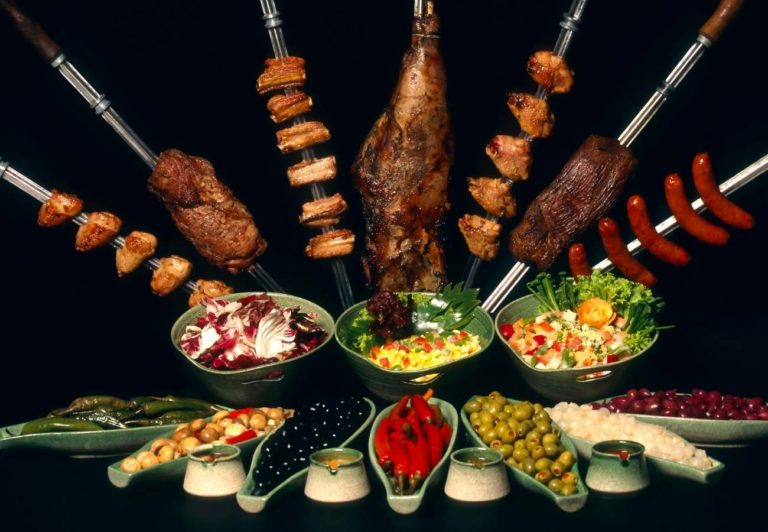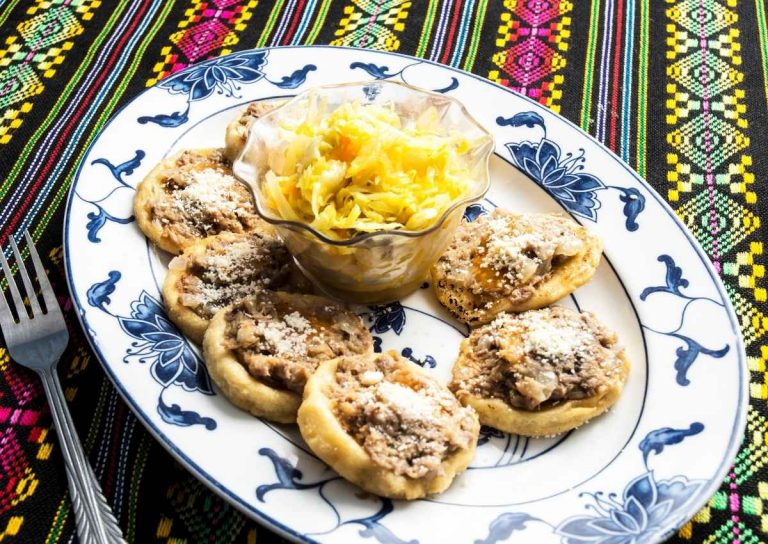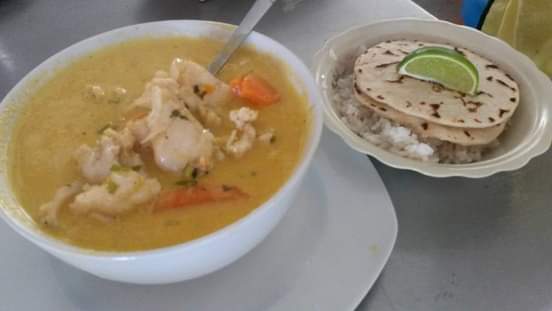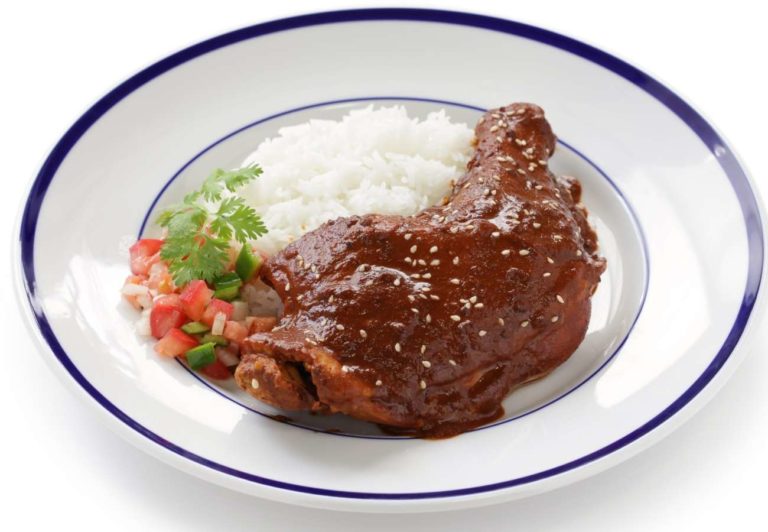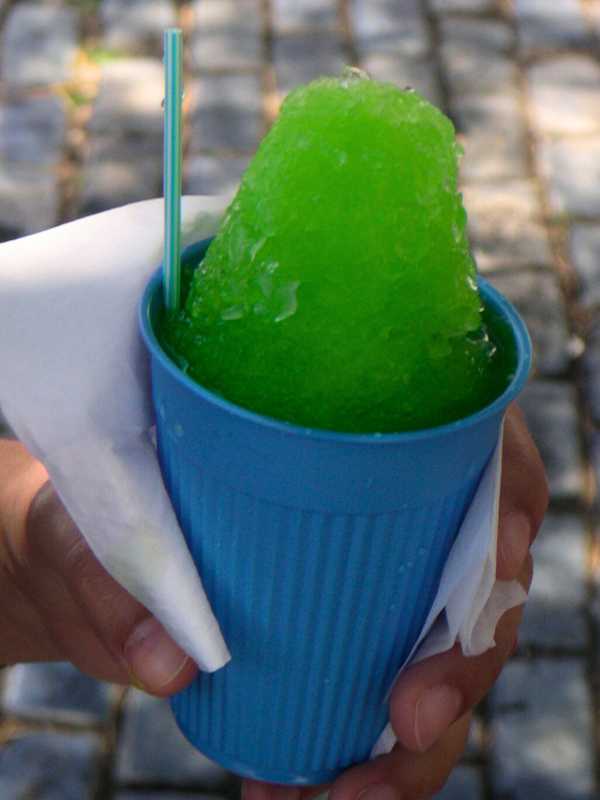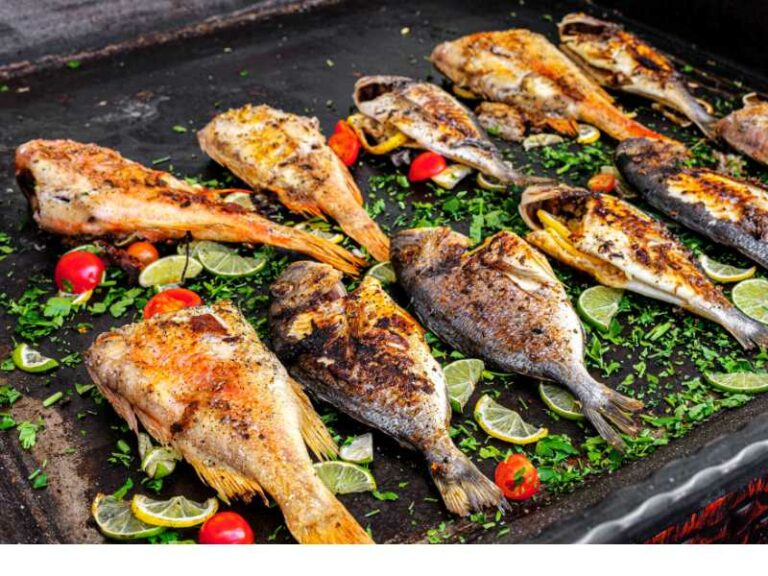Hawaiian Food: 15 Traditional Dishes of Hawaii
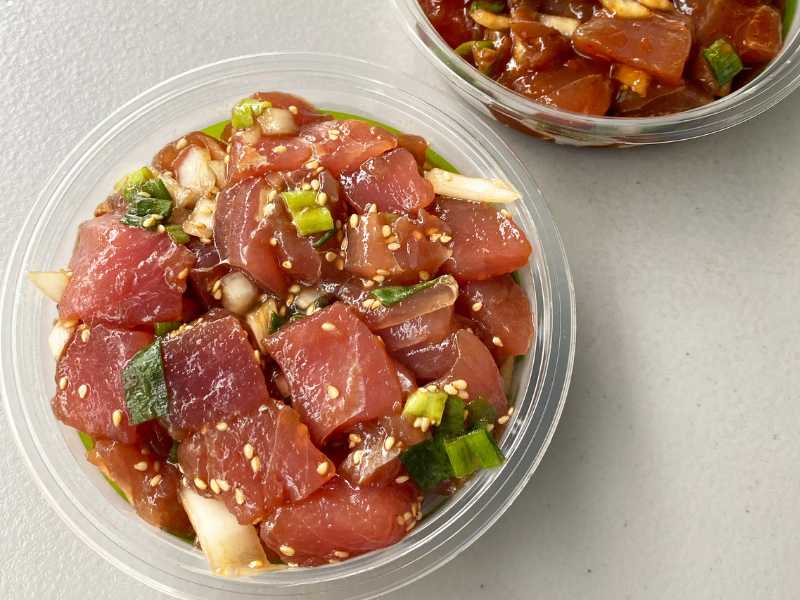
Hawaii is an archipelago of islands located in the North Pacific Ocean. Part of the USA, it is about 2,000 miles off the west coast of mainland America.
Despite its distance and being an island, it is the 50th state of America, which has been official since 1959. It is made of 137 islands with 8 larger, main islands. The largest, named Hawaii Island, is better known as the big island. The other 7 islands are Maui, Molokai, Lanai, Niihau, Kahoolawe and Oahu, Kauai.
The tropical island has mild temperatures year-round with occasional, rare cold spells usually in areas with high elevation. It has a wide range of terrains including mountainous, ocean cliffs, coastal plains, tropical forests, dry deserts, volcanic and associated landforms such as lava deserts and flows.
Its major imports are fuel and motor vehicles. Amongst is main exports are tropical plants and plant products.
Traditional Hawaiian cuisine features foods grown and in abundant supply on the islands. Tropical fruit like bananas, pineapple and guava, root vegetables like sweet potatoes and taro, fish and other seafood.
Pork is the most popular meat. In the last several centuries Hawaiian food has become a fusion between Indigenous, American and Asian cuisines.
Immigrant workers from Japan, China and Korea caused the replacement of many dishes from taro to rice and the creation of fusion dishes like spam musubi, various types of dumplings and noodles.
The Portuguese brought pastries while Filipinos introduced adobo centered around the flavors of garlic and vinegar.
Poi
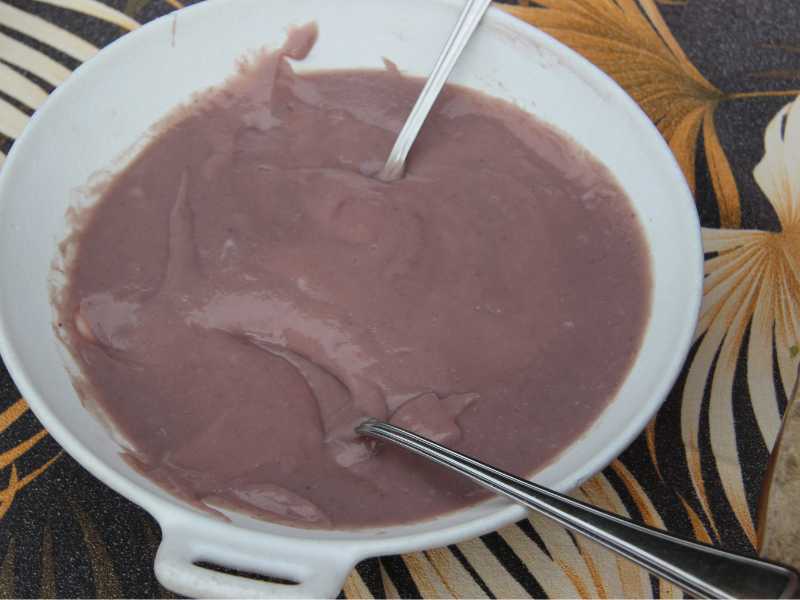
Poi is a dish made from taro. The taro root is steamed and pounded into a thick but smooth sticky paste. Water is added to give it a more porridge like texture.
After the first day, leftover poi starts to ferment giving it a tangy flavor. It can be eaten for several days. It was a popular food of choice to carry during long sea voyages.
Laulau
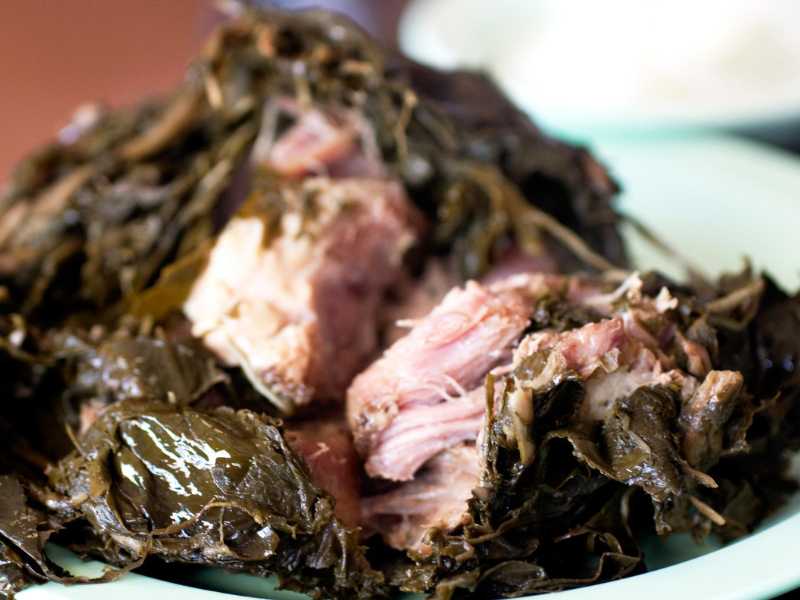
Laulau is a dish of fish and meat. The fish, usually butterfish along with pork, chicken or both are wrapped into small bundles using ti or taro leaf. They are steamed and eaten with rice or poi. Ti comes from an evergreen plant and has many uses including medicinal, to make alcohol, for wrapping foods before cooking and as disposable plates.
Poke

Poke is a seafood dish. The first Hawaiian pokes was made with fish caught near the shore, also called reef fish. It was eaten raw with sea salt or seaweed. Around the 19th century, fish choices shifted to deep sea varieties, the most popular being ahi tuna.
While the well-known poke bowls draw inspiration from Hawaiian poke, authentic poke is not served in bowls or with a myriad of toppings. Hawaiian poke is simply raw fish, tossed in a flavorful marinade typically inamona and eaten cold with a side dish like rice.
Inamona
Inamona is a condiment made with kukui nuts. The nuts are roasted then crushed. Red Hawaiia sea salt called pa’akai is added. Inamona is used in numerous dishes including pork, vegetables and seafood. It adds a salty, nutty flavor.
Kalua Pig
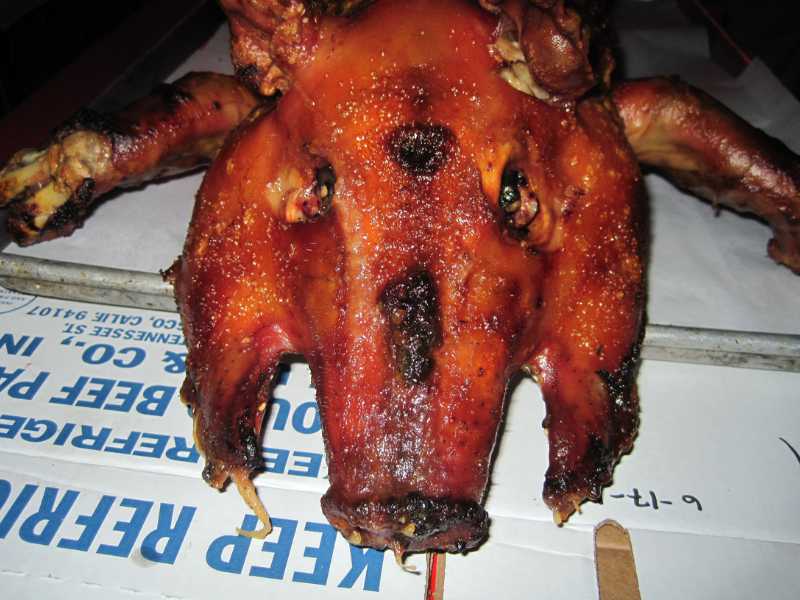
Kalua Pig is a dish of slow roasted whole pork. The traditional cooking method uses an underground pit oven called an imu. The pit is layered with rocks, followed by wood.
The wood is set on fire to heat up the rocks. Once the rocks are hot and glowing from the heat, they are covered with banana leaves and the whole pig was then placed over the banana leaves.
Wet burlap bags are placed over the pig and the entire thing is covered with dirt then left to cook for several hours.
Loco Moco
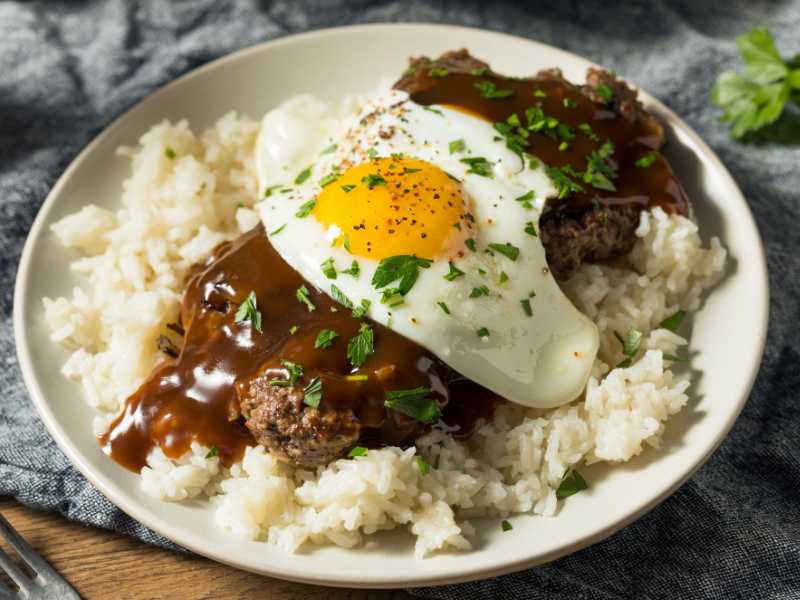
Loco Moco is a breakfast dish of white rice topped with a ground beef patty, smothered with mushroom gravy and finished with a runny fried egg. While it’s not quite traditional indigenous food, it has been around for over 70 years and is still the most popular breakfast.
Loco means crazy and moco is the Hawaiian word for burger. While the name means crazy burger, it’s also made with other proteins like spam, fish and chicken.
Squid Luau
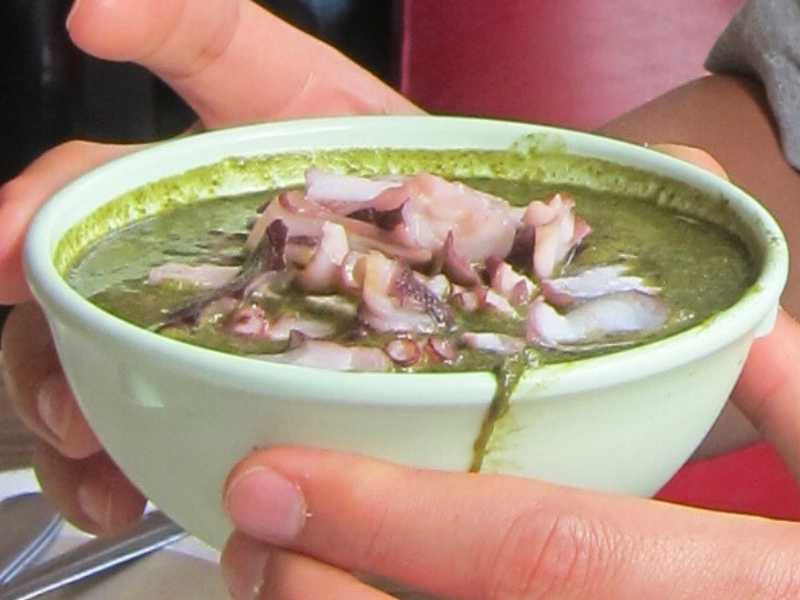
Squid Luau is a thick stew made from taro leaves which are cooked until soft. Once the leaves are done, chopped squid or octopus is added to the stew. Taro leaves are also called luau.
Haupia
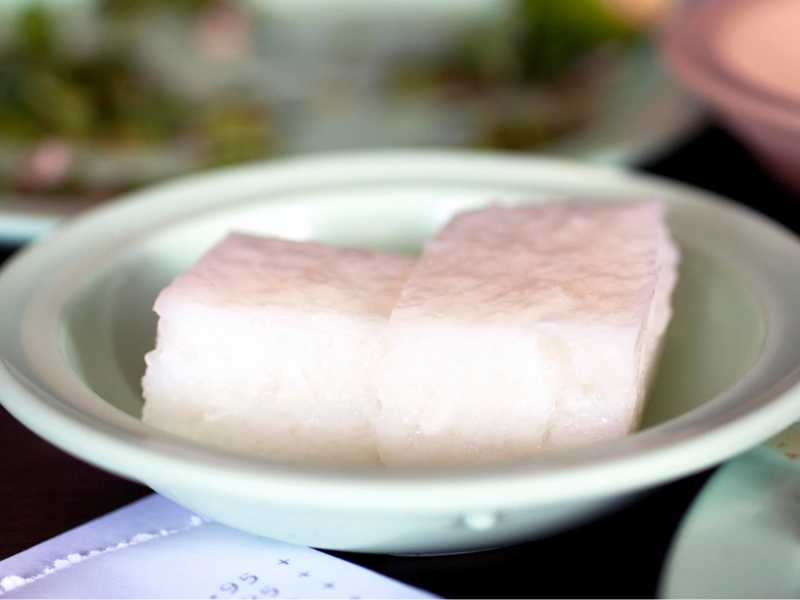
Haupia is a traditional coconut dessert. It has a thick creamy pudding like texture but can still hold its shape. It’s made with coconut milk, a sweetener like sugar, a thickener like cornstarch and water.
Lomi
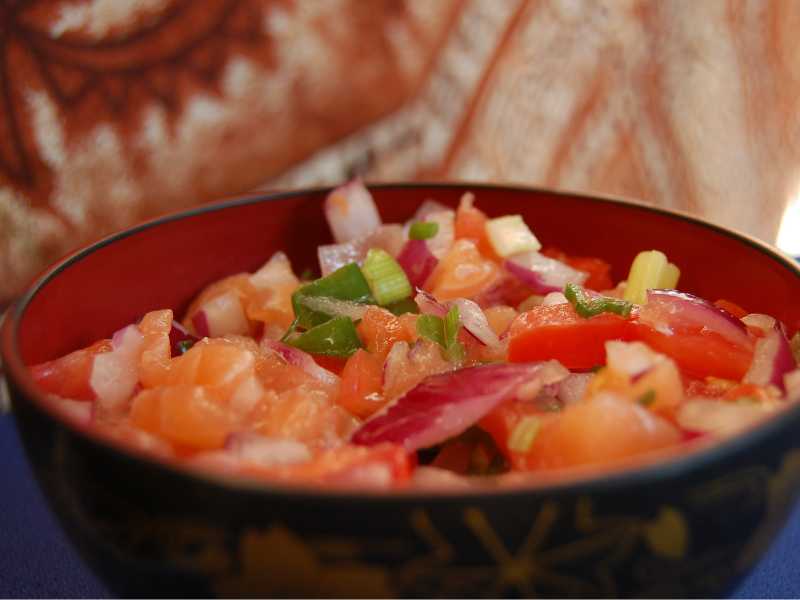
Lomi lomi salmon is a dish consisting of raw salted salmon, cut into bite sized pieces with onions, tomatoes and green onions. It’s eaten chilled, as a side dish to other favorites like kalua pig and laulau or rice.
Opihi
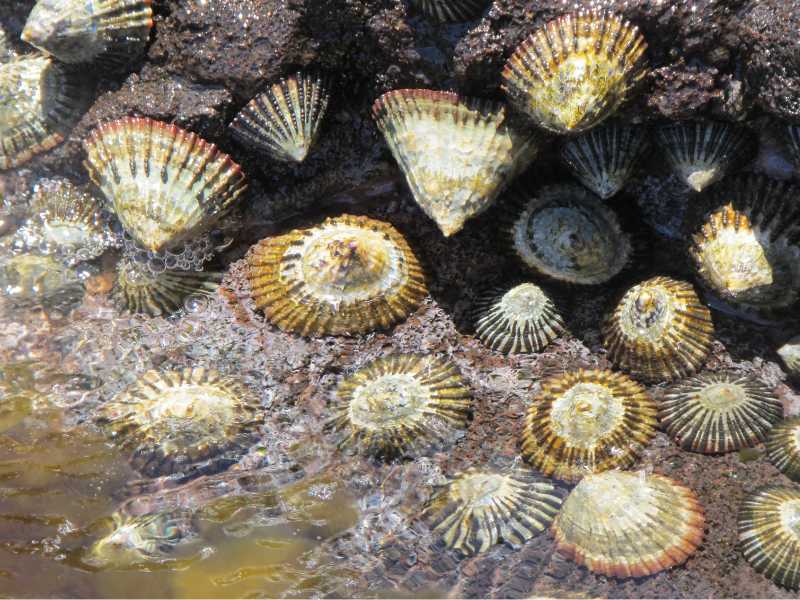
Opihi is a type of sea snail called limpets. It is considered a delicacy. The shells are removed, and the meat is salted and eaten raw. To harvest the opihi they must be pried off rocks.
They are known as the fish of death because hunting them is dangerous. They grow in areas where the water and waves are rough making it difficult to harvest making it possible for persons harvesting to be swept out to sea. They are also eaten grilled.
Pipikaula

Pipikaula is partially dried beef. Using various steaks, it can be made by two methods. The first is partially dried then cooked and served hot to retain its juices. The other is partially dried then cooked slowly or smoked and served cold. It is also called poke style because it can be sliced and seasoned to make poke.
Pāpaʻi
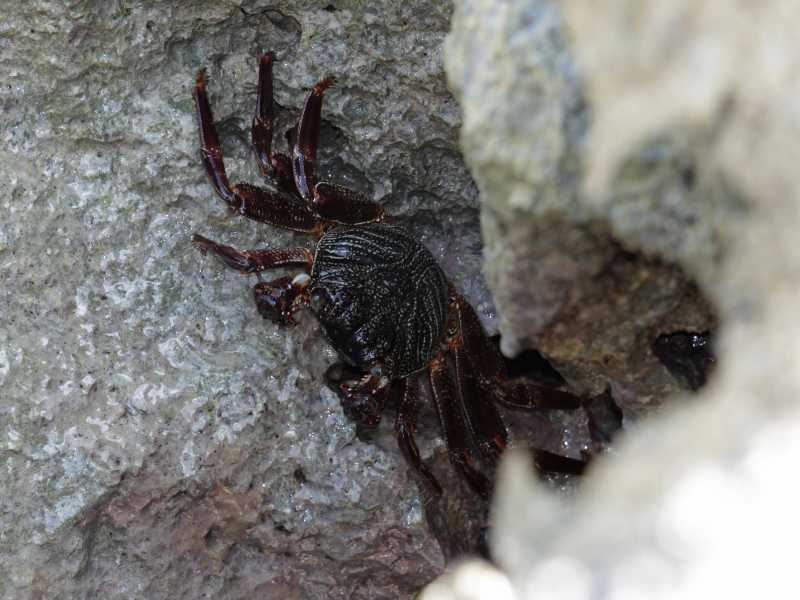
Pāpaʻi is the Hawaiian word for crab. Traditional crab is prepared by removing the top shell so the crab meat can be marinated with salt and inomona. The crab is then eaten raw.
Kulolo
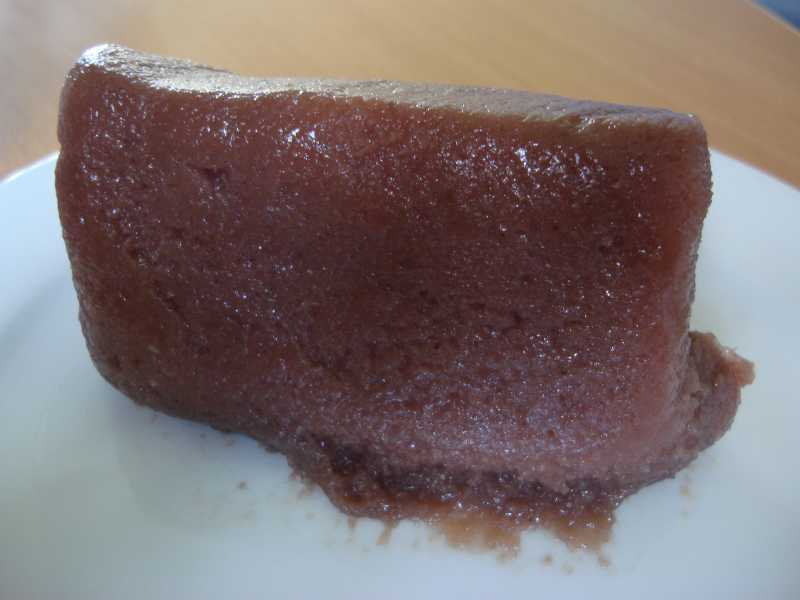
Kulolo is a dessert made from mashed or grated taro, coconut milk and sweetened. The mixture is then baked or steamed for several hours. The final product is a chewy, sticky paste that is usually wrapped with plastic into a little block.
Kava
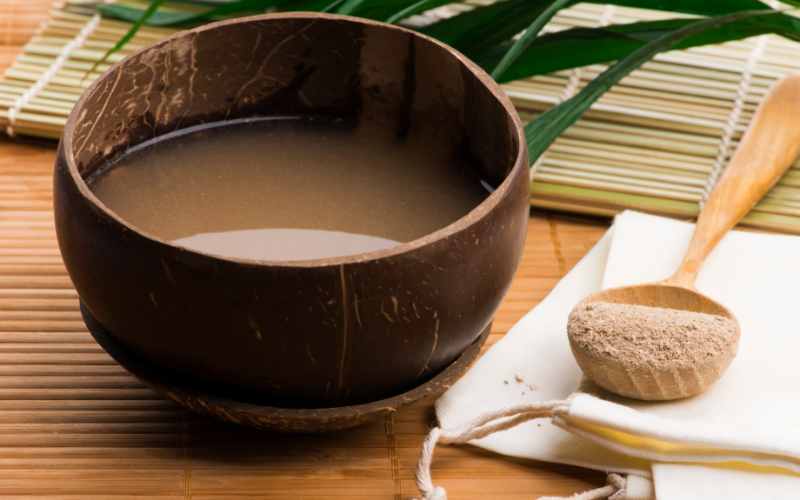
Kava, also called kava kava, is a beverage prepared using the crushed, ground, or powdered root of the kava plant which is soaked in water. Pacific Islanders have been using it for hundreds of years, specifically it is popular in Fiji, Tonga, Micronesia, Samoa and Vanuatu. In Australia, it is limited to medicinal purposes only.
Kava is believed to act in a similar way to alcohol on one’s brain, making the person feel calm and relaxed. However, kava is also believed to have several health benefits, like relieving pain, preventing seizures and relaxing muscles.
Kava is generally consumed in traditional ceremonies and cultural events in the Pacific region.
Saimin Noodles
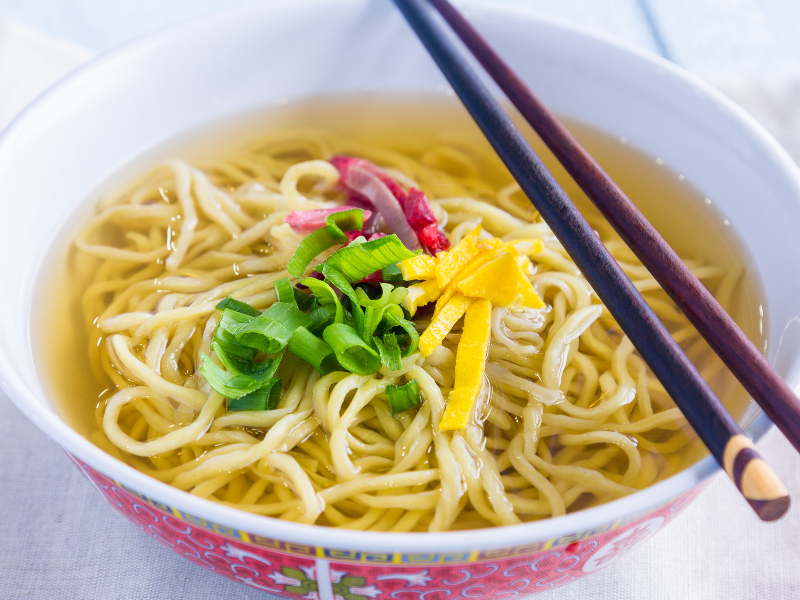
Saimin noodles are a Hawaiian noodle soup dish, made with a flavorful broth, sliced pork, bean sprouts and green onions. This dish is a fusion of Japanese, Chinese, and Filipino flavors adapted by the people of Hawaii.
Saimin noodles are typically thin and made from wheat, similar to ramen noodles. They are cooked in a broth made from dashi, soy sauce, and other seasonings.

